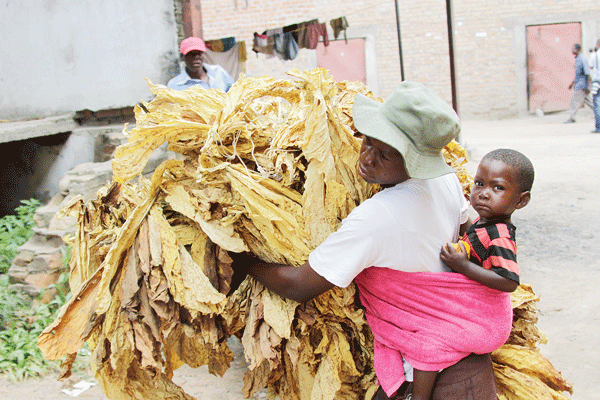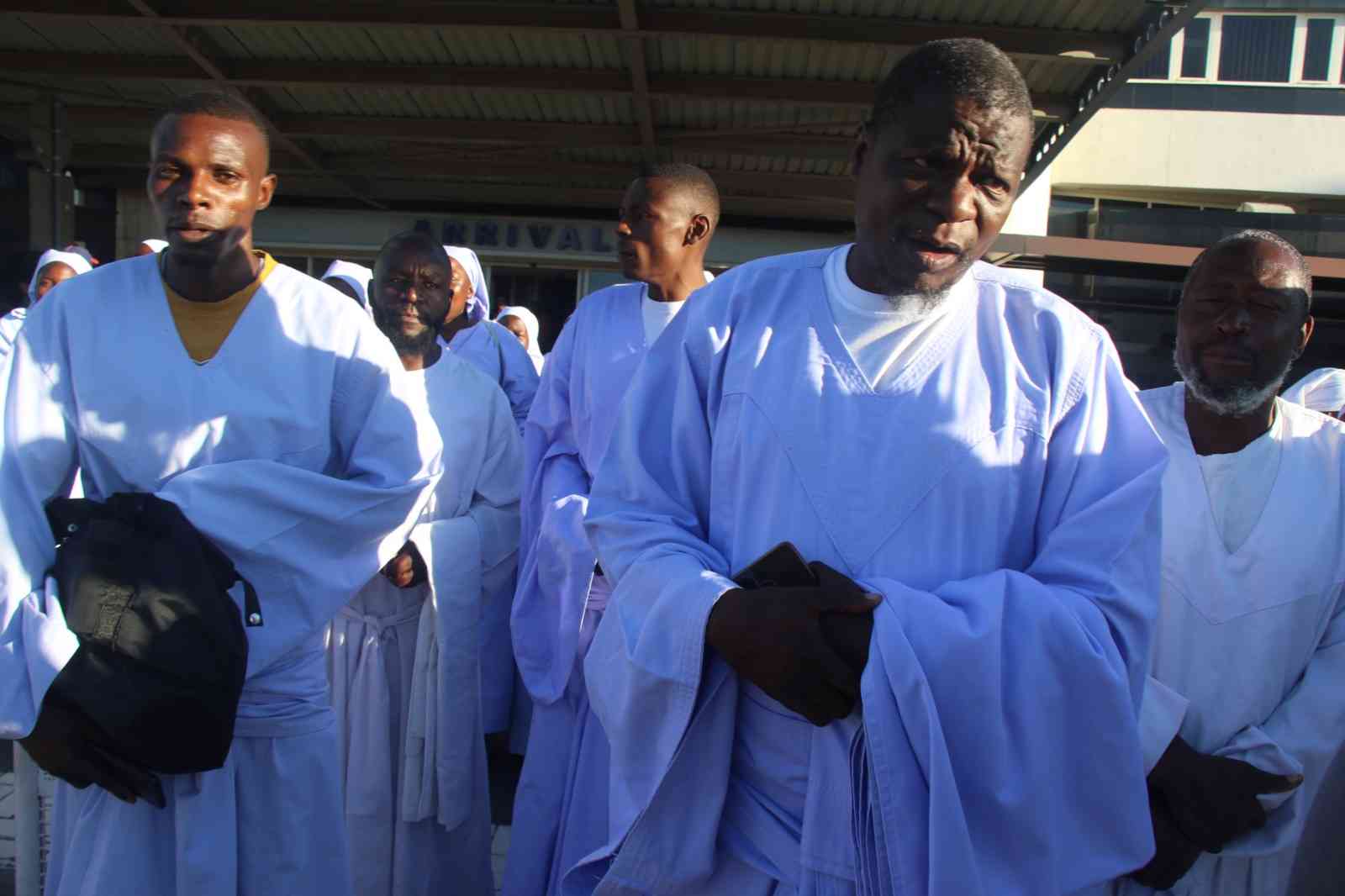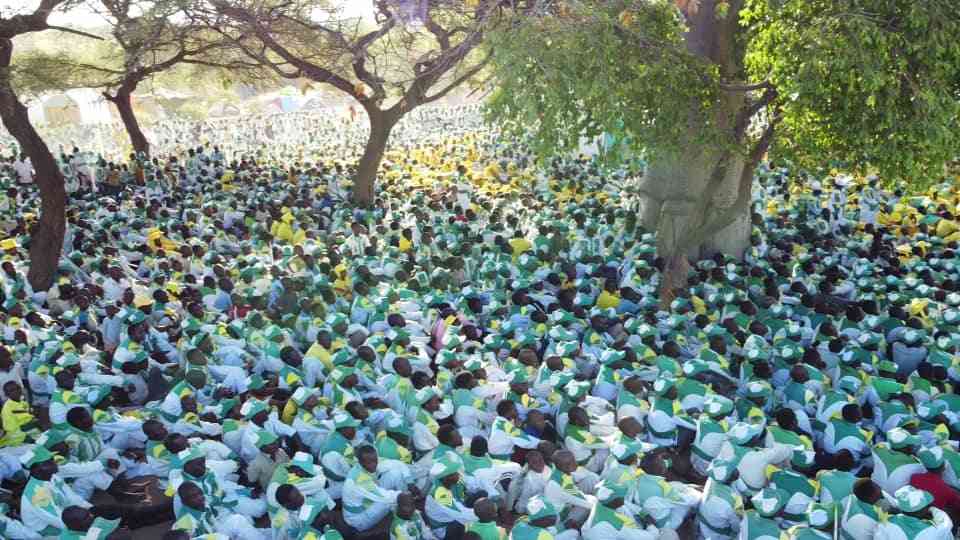
Soon the tobacco selling season will commence, and if good prices are offered for their golden leaf, good times will start rolling for local tobacco farmers. But Zimbabwe’s tobacco “success” story cannot be complete without looking at its ugly side.
environment By Chipo Masara

With Zimbabwe being the largest grower of tobacco in Africa, and the sixth largest grower in the world, tobacco production is certainly very big business in the country. It contributes significantly to GDP and to export revenue, thus playing a major role in the national economy.
Tobacco production has to a great extent helped get Zimbabwe on a better economic footing, in the process generating considerable employment in a country that is overburdened by what’s believed to be an above 85% unemployment rate.
Tobacco is also a very important source of revenue for the cash-strapped government that has in place a levy system through which growers and buyers pay a fixed percentage of the value of crop sales.
Considering all the benefits that tobacco production brings to the country, it is easy to understand why the government has been on the forefront in hailing it as the sure panacea to the country’s economic woes. Tobacco farmers are hailed as Zimbabwe’s economic heroes.
However, while the country continues to put tobacco farmers on a high pedestal, it has continually become easy to either forget or completely ignore the one thing that the farmers are doing wrong.
It is a fact long-established that since the coming in of the new crop of farmers following the land reform programme, tobacco production has been greatly contributing to the decimation of the country’s forests.
- Chamisa under fire over US$120K donation
- Mavhunga puts DeMbare into Chibuku quarterfinals
- Pension funds bet on Cabora Bassa oilfields
- Councils defy govt fire tender directive
Keep Reading
Tobacco farmers require substantial amounts of wood for a variety of purposes, from making poles and sticks for barn construction to curing the crop.
According to the United Nations Environment Programme, Zimbabwe had lost an annual average of 327 000 hectares of forests by 2010 and statistics provided by the Forestry Commission show that tobacco farmers have been responsible for over 25% of that forest loss.
The fact that every farmer in Zimbabwe now seems to prefer tobacco, has not helped matters on the environmental front. Most farmers have since abandoned the different crops they previously farmed in preference of the highly rewarding tobacco. In Makoni District for instance, over 1 000 farmers are reported to have taken up tobacco farming in 2012 alone.
Unfortunately, the increasing number of tobacco farmers has meant an equal increase in the indiscriminate cutting down of trees, especially the slow-growing indigenous ones — some of which would have taken as much as 100 years to reach full maturity.
Back in 2012, the rate at which indigenous trees were disappearing shocked then Environment minister, Francis Nhema into suggesting a ban of the high-value flue-cured virginia tobacco in preference of burley tobacco which does not require wood, coal or electricity to cure. And with pressure mounting from environmentalists and many concerned parties, the government for its part also finally made it law for all tobacco farmers to establish woodlots. But five years down the line, virginia tobacco makes up most of the crop from the local farmers, and there are still no woodlots in sight anywhere near the tobacco farms. This is in spite of the fact that there are some companies, like the British American Company (BAT), that have shown their support of the law by making it a policy that all tobacco farmers contracted through them have their own woodlots.
It is estimated that on average, it requires about 20 cubic meters — cleared from a hectare of wood — to produce one tonne of flue-cured tobacco. According to the Tobacco Industry Marketing Board, Zimbabwe has as many as 88 167 tobacco growers, the bulk of which use wood to cure their crop.
With continued erratic cutting down of trees, and no serious effort to curb the practice, or to at least replant them, independent conservationist Marylin Smith may be right in saying the rate at which deforestation is occurring will convert Zimbabwe into an “outright desert” in just 35 years.
When we talk of the economic strides made through tobacco production, it is important to also mention the deforestation it has greatly aided.
Feedback: [email protected]











